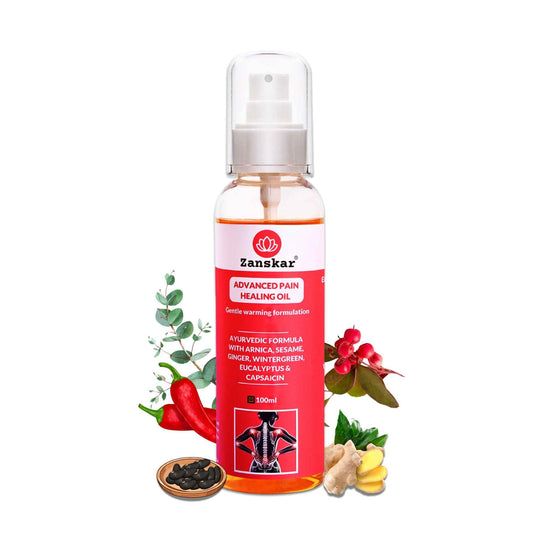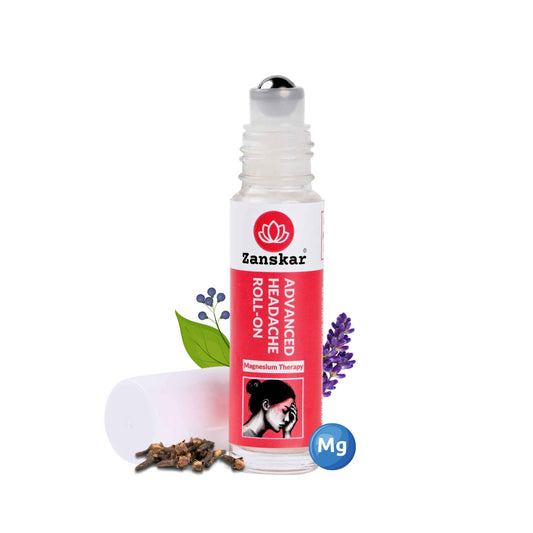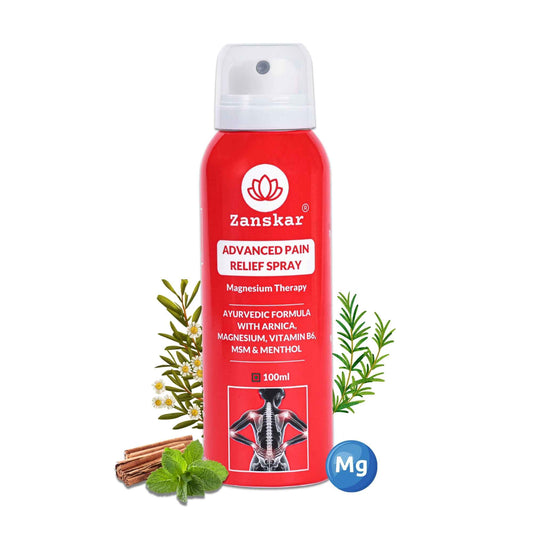
Paracetamol versus Ibuprofen – Your essential guide to more accurate pain relief

In most cases, pain and fever relief is as simple as a trip to your local chemist for some paracetamol (commonly sold as Dolo or Calpol) or Ibuprofen (commonly sold as Nurofen, also present in Combiflam in combination with Paracetamol)
While both are effective at reducing pain, they work in different ways. So deciding which one you should choose is dependent on the type of pain you are experiencing.
So how do you know which one to choose and when?
Different blocking actions
While ibuprofen and paracetamol can be taken for similar pain relief, each works in a slightly different way.
Ibuprofen is a non-steroidal anti-inflammatory drug(NSAID), which means it acts by blocking the enzymes that produce a group of chemicals called prostaglandins. These chemicals are important for normal body functions such as relaxing blood vessels, preventing blood clotting, secreting protective mucus in the gut and helping the uterus contract. They are also involved in inflammation, pain and fever.
It is still not completely understood how paracetamol works. Like ibuprofen, it is thought to act by blocking the enzymes that produce prostaglandins, although through a different mechanism to ibuprofen. There is also good evidence paracetamol interacts with the brain’s endocannabinoid system and the “descending pain pathway”, which inhibits the perception of pain.
Is one drug better than the other?
Because they each provide pain relief in different ways, paracetamol can be better at treating some types of pain, while ibuprofen is better at treating other types.
Because it reduces inflammation, ibuprofen is usually considered the better choice for pain associated with osteo and RA, period pain, some types of headache, and for pain that comes from having an operation. Paracetamol does not reduce inflammation but it is a better choice when fever is associated with the pain, like when you have a cold or flu.
What about taking both or ‘piggybacking’ them at intervals?
We can sometimes get better relief when we take both types of medicine at the same time, since each targets a different cause or pathway of the pain. If one pathway does not completely control the pain then it can be useful to target the other one. The effects of each drug can add together for a bigger effect.
Combination products that contain both paracetamol and ibuprofen in a single tablet include Combiflam.
Using a combination product means you can take fewer tablets. However, the doses in these combined products are sometimes less than the maximum recommended dose, meaning they might not work as well when compared with taking the tablets individually.
Strictly use any combination drugs after consulting with your doctor due to the potential of abuse and mixed drug interactions.
How do the side effects compare?
1. Ibuprofen
Ibuprofen does have a reputation for causing stomach problems. These can manifest as nausea, indigestion, bleeding in the stomach, and diarrhoea. For this reason, people with a history of bleeding or ulcers in the gut should not take ibuprofen. Ibuprofen is also known to sometimes cause headaches, dizziness, and higher blood pressure.
Because ibuprofen thins the blood, it should also not be taken by people who are taking other medicines to thin the blood; like aspirin, warfarin, and clopidogrel. Ibuprofen should also be avoided by pregnant women and people with asthma. In these cases, paracetamol is the better choice.
2. Paracetamol
Since paracetamol is mainly broken down by the liver, overdose can lead to acute liver damage (hepatotoxicity).
Because paracetamol is found in lots of different products (including cough syrups), it can be hard to keep track of exactly how much paracetamol you have taken and this increases the risk of taking too much. Taking both cold treatments and extra paracetamol tablets for example should be avoided, to prevent the risk of accidental paracetamol overdose.
Overall, both paracetamol and ibuprofen are commonly used drugs that can help with temporary and short term pain relief, but don’t usually address root-cause of pain. It is important to be aware of which is the more appropriate drug to be taking depending on the nature of your pain. Always make sure you read the drug leaflets to be conscious of drug interactions, side effects and dosages. If you feel unwell following taking either of the pain killers contact a doctor asap.
How Zanskar Health Can Help You
If you have joint or muscle pain that makes it hard to move, Zanskar offers the most advanced full stack pain relief solutions for you.
Now available to purchase, Zanskar® Advanced Pain Healing Cream has a unique formulation of natural ingredients like Arnica, Vitamin B6, MSM and Capsaicin, which is trusted by over 20L+ pain sufferers globally. It provides lasting relief from muscle and joint discomfort that you can feel good about. Get your fix before stocks run out - buy now.
You can also gain access to therapeutic exercises and stretches for your condition by downloading the Zanskar Health physiotherapy mobile app. Additionally, you’ll have a personal care team to guide, support, and tailor our program to you, including behavioral and nutritional coaching.
Download our mobile app here 👉 download and track your exercise streak.
This article and its contents are provided for educational and informational purposes only and do not constitute medical advice or professional services specific to you or your medical condition.
Medical Review: This article is written by Dr Nishtha Mittal (Senior Health Content Editor at Zanskar Health) and has been medically reviewed by Dr Rashi Goel (Senior Physiotherapist at Zanskar Health). This article and its contents are provided for educational and informational purposes only and do not constitute medical advice or professional services specific to you or your medical condition.







